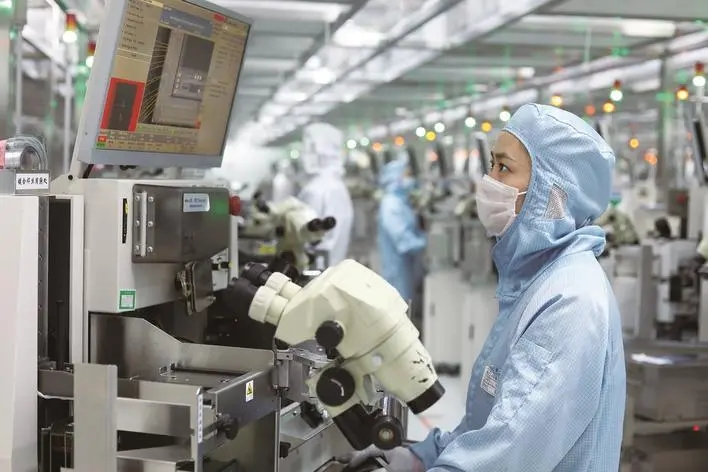
 CONTACT
CONTACT
- Linkman:Linda Yao
- Tel: +8618231198596
- Email:linda.yao@dcpharma.cn
- Linkman:CHARLES.WANG
- Department:Overseas
- Tel: 0086 0311-85537378 0086 0311-85539701
Nisin fermentation optimization
TIME:2024-01-19
Optimizing the fermentation process for nisin production involves fine-tuning various factors to enhance the yield and quality of nisin.Here are some key considerations for optimizing nisin fermentation:
Microbial Strain Selection:
Choose a well-characterized strain of Lactococcus lactis that has a high nisin-producing capability.Different strains may vary in their productivity, so selecting an optimal strain is crucial.
Culture Medium Composition:
Design a culture medium that provides the necessary nutrients for bacterial growth and nisin production.Key components include carbon sources, nitrogen sources, minerals, and growth factors.
pH Control:
Maintain optimal pH conditions throughout the fermentation process.Lactococcus lactis typically produces nisin more efficiently under slightly acidic conditions.
Temperature Control:
Control the fermentation temperature to optimize bacterial growth and nisin production.The temperature range suitable for Lactococcus lactis fermentation is often between 25°C to 30°C.
Aeration and Agitation:
Ensure proper aeration and agitation to provide oxygen for bacterial growth.However, excessive aeration should be avoided to prevent oxidative stress, which may affect nisin production.
Inoculum Size:
Optimize the size of the inoculum to achieve an appropriate cell density.Too low or too high inoculum sizes can impact nisin production.
Nutrient Feeding Strategies:
Implement feeding strategies to supplement nutrients during the fermentation process.This may involve the continuous or intermittent addition of specific nutrients to sustain bacterial growth and nisin production.
Fermentation Time:
Determine the optimal fermentation time to achieve maximum nisin production.Monitoring the growth curve and nisin production over time helps identify the ideal harvest point.
Harvesting Techniques:
Choose suitable techniques for harvesting cells and isolating nisin from the fermentation broth. Centrifugation, filtration, and other separation methods can be employed.
Process Monitoring and Control:
Implement real-time monitoring of key parameters such as pH, temperature, dissolved oxygen, and biomass concentration.This allows for adjustments during the fermentation process to optimize conditions.
Genetic Engineering:
Explore genetic engineering approaches to enhance nisin production.This may involve modifying the bacterial strain to increase nisin yield or introducing genetic elements that improve production efficiency.
Scale-Up Considerations:
Consider the scalability of the fermentation process. Factors that work well at the laboratory scale may need adjustments when scaling up to industrial production.
Downstream Processing:
Develop efficient downstream processing methods for isolating and purifying nisin from the fermentation broth.Chromatography and filtration techniques are commonly used in downstream processing.
Quality Control:
Implement rigorous quality control measures to ensure the purity and potency of the final nisin product.This includes testing for contaminants and assessing antimicrobial activity.
Continuous optimization and refinement of these factors will contribute to a more efficient and cost-effective nisin fermentation process.It's essential to conduct systematic studies, monitor key parameters, and adapt the process based on the specific requirements and characteristics of the microbial strain used for nisin production.
- Tel:+8618231198596
- Whatsapp:18231198596
- Chat With Skype







